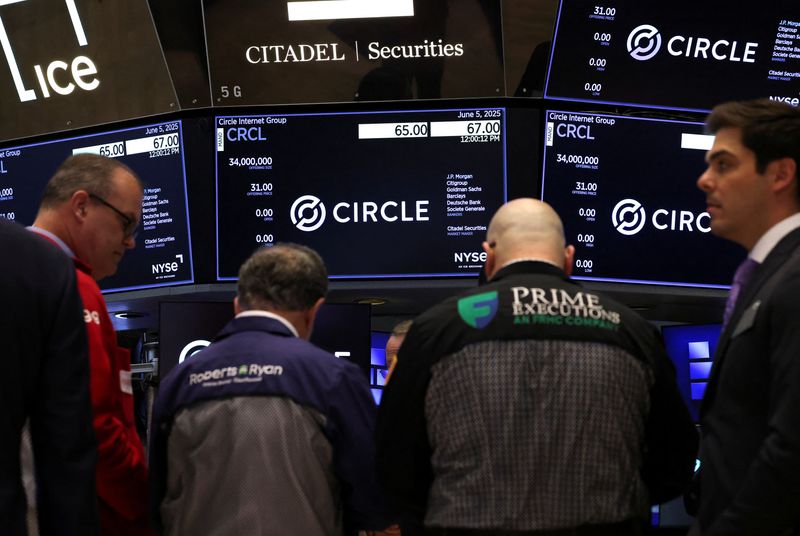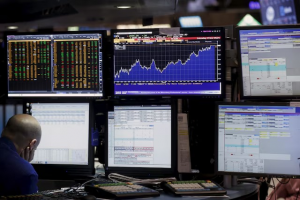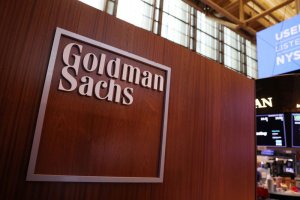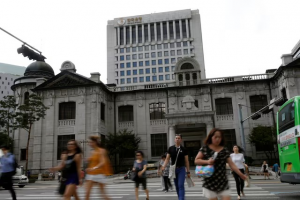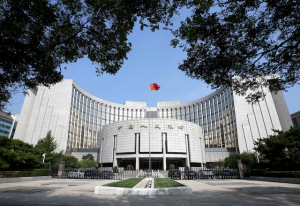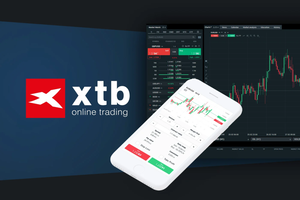The S&P 500 closed at record highs, rebounding from an abrupt intraday drop after President Trump ended trade talks with Canada, reigniting fears of a trade war.
The main averages on Wall Street are all on track for healthy gains this week.
Trump ends trade talks with Canada; US-China trade deal hopes rise
Trump said the U.S. is "immediately terminating ALL discussions on Trade with Canada,” following Ottawa’s decision to impose a digital services tax on U.S. tech firms.
The president accused Canada of “copying the European Union” with the “egregious” tax.
The news stoked fears of a renewed trade war, offsetting earlier optimism that followed comments from U.S. Treasury Secretary Scott Bessent hinting at a progress toward a U.S.-China trade deal.
Bessent said on Friday that the United States and China have resolved issues relating to the shipments of rare earth minerals and magnets-- a key stumbling block that had hurt progress toward a deal in May.
China’s Ministry of Commerce also confirmed the details the trade framework on Friday, sparking hope that a deal would be reached before the July 9 deadline, when the pause on reciprocal tariffs are set to end.
Benign inflation data
Sentiment has been boosted by the ongoing truce between Israel and Iran, as well as the U.S. forging an agreement with China over how to expedite the shipment of rare earths materials that are crucial to a range of industries.
Additionally, White House Press Secretary Karoline Leavitt suggested that President Donald Trump could extend his 90-day reciprocal tariff pause beyond a self-imposed deadline early next month, lessening tensions surrounding the Trump’s administration volatile trade policies.
With the lessening of geopolitical and trade tensions, attention has mostly turned to the health of the U.S. economy and the response of the Federal Reserve.
The Federal Reserve’s preferred gauge of inflation edged up by 0.1% on a month-on-month basis in May, in line with expectations and matching the prior month’s rate, in the latest sign of benign price gains despite worries over the impact of sweeping U.S. tariffs.
In the twelve months to May, the Commerce Department’s personal consumption expenditures price index rose by 2.3%, slightly faster than an upwardly-revised 2.2% in April and also equaling economists’ projections.
Stripping out volatile items like food and fuel, the so-called "core" PCE index ticked up to 0.2% month-on-month and 2.7% year-over-year, both marginally hotter than anticipated.
"The slightly firmer core PCE is somewhat hawkish compared to the cooler May consumer price index/producer price index from earlier in the month, but the overall inflation picture isn’t changing dramatically and the Federal Reserve would very likely be cutting right now if not for tariff risks," analysts at Vital Knowledge said in a note.

